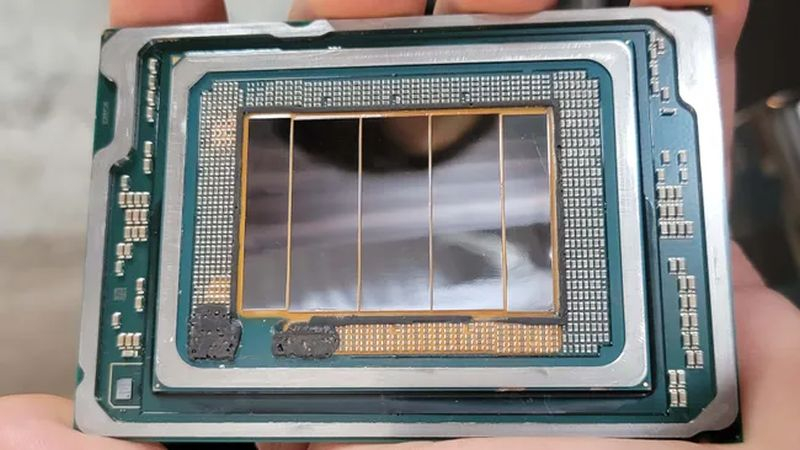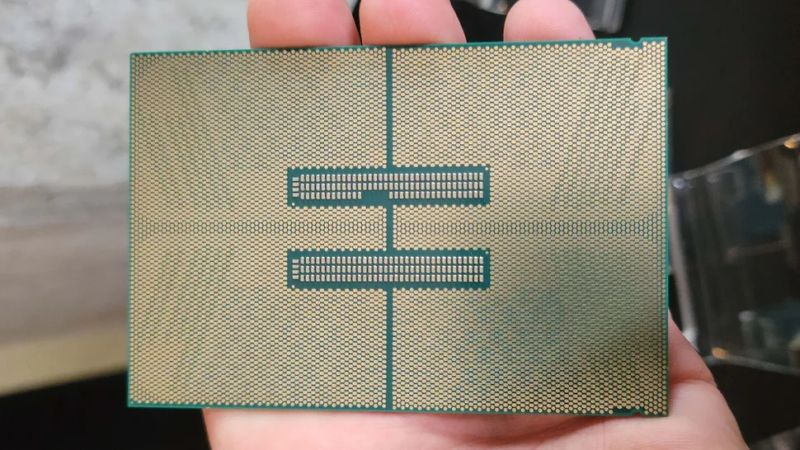Although not so often mentioned in the context of Intel’s plans to develop the 18A process technology, the Xeon server processors of the Clearwater Forest family are of particular importance for the company, since they will be among the first to hit the assembly line. The presence of “live” samples of these processors was recently confirmed by photographs, and this proves Intel’s readiness to soon switch to 18A technology as part of mass production of chips.

According to representatives of Tom’s Hardware, samples of Clearwater Forest processors were first shown to a limited number of participants at the Enterprise Tech Tour event in Oregon last week. The release of these processors to the market is planned for next year, so the existence of engineering samples at this stage is quite natural. The demonstration of Clearwater Forest samples accompanied the announcement of the Xeon 6 processors from the Granite Rapids family, but they are equipped with crystals that the company produces using the more mature Intel 3 technology.
It is the launch of the release of processors using Intel 18A technology that will symbolize the company’s revenge in the confrontation with Taiwan’s TSMC in the technological field. The company promises to use the same technical process when producing components for third-party customers, so Intel 18A as a technological stage should represent the revival of the company. She refused to master the Intel 20A technical process for mass production, so the stakes on Intel 18A in terms of business expectations have only increased.

In fact, the first images of real Clearwater Forest samples allow us to judge only the use of a multi-chip arrangement with five crystals on one substrate. Intel itself has sufficient competencies in the field of packaging dissimilar chips, so to produce such processors it will not need to turn to contractors for help, as happens with its competitors. By using the most expensive Intel 18A process technology only for processing the most critical crystals, the company can save money. Adjacent crystals may be produced using more mature technologies. In the case of current generation Intel consumer processors, a significant portion of them are even manufactured by TSMC. In the client segment, the company will use the Intel 18A process technology to produce Panther Lake processors; it also already has working samples of them.